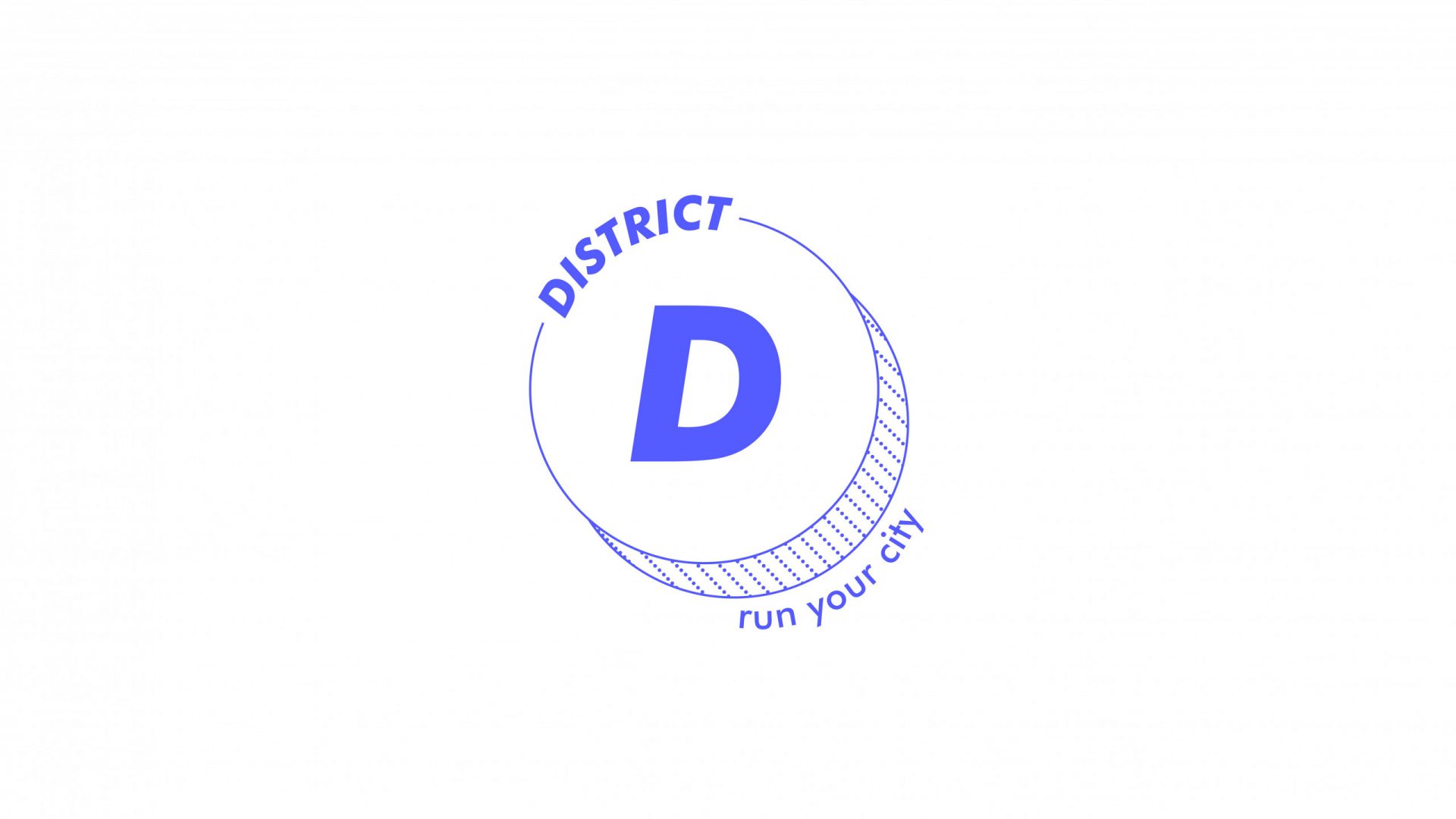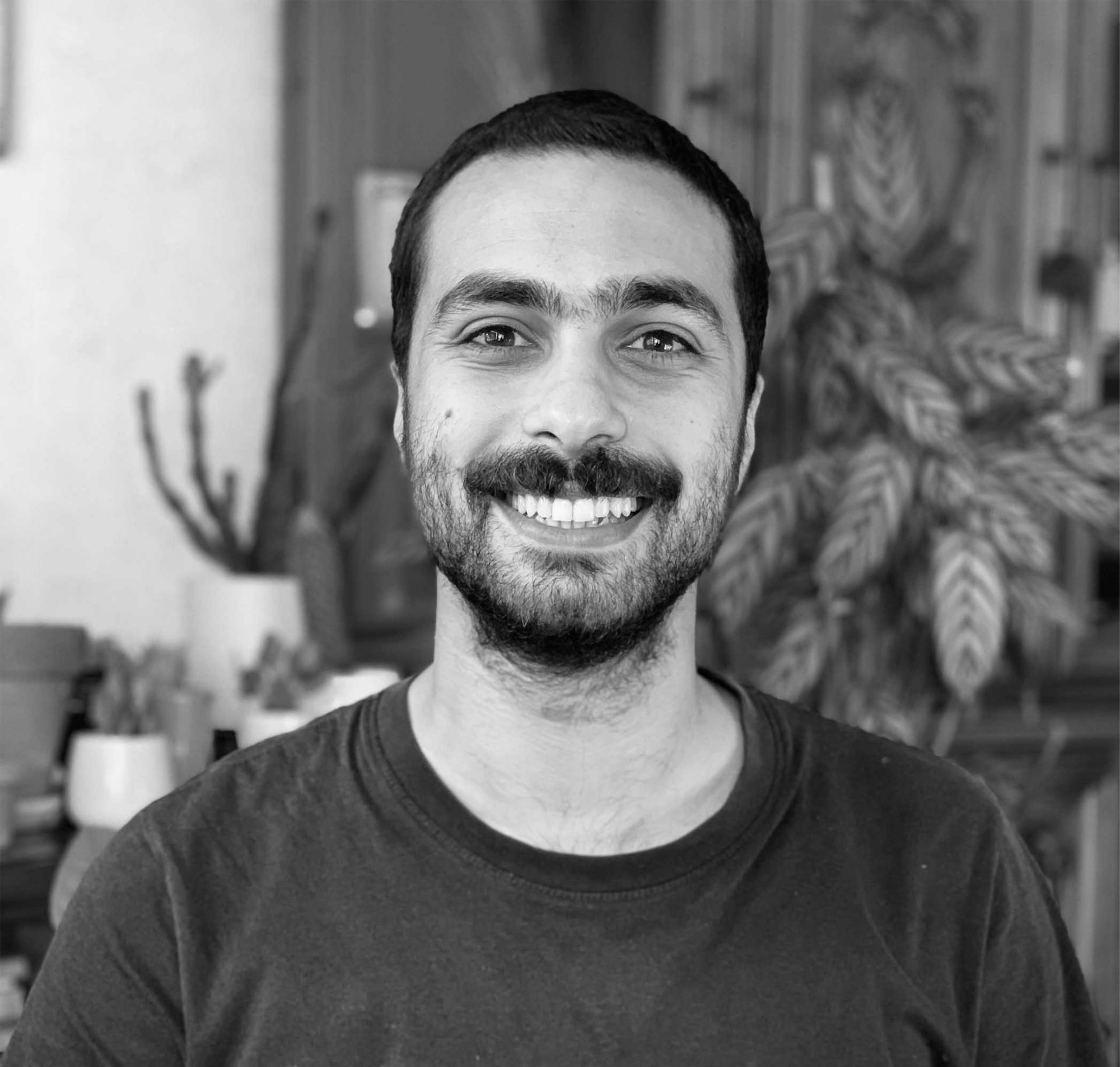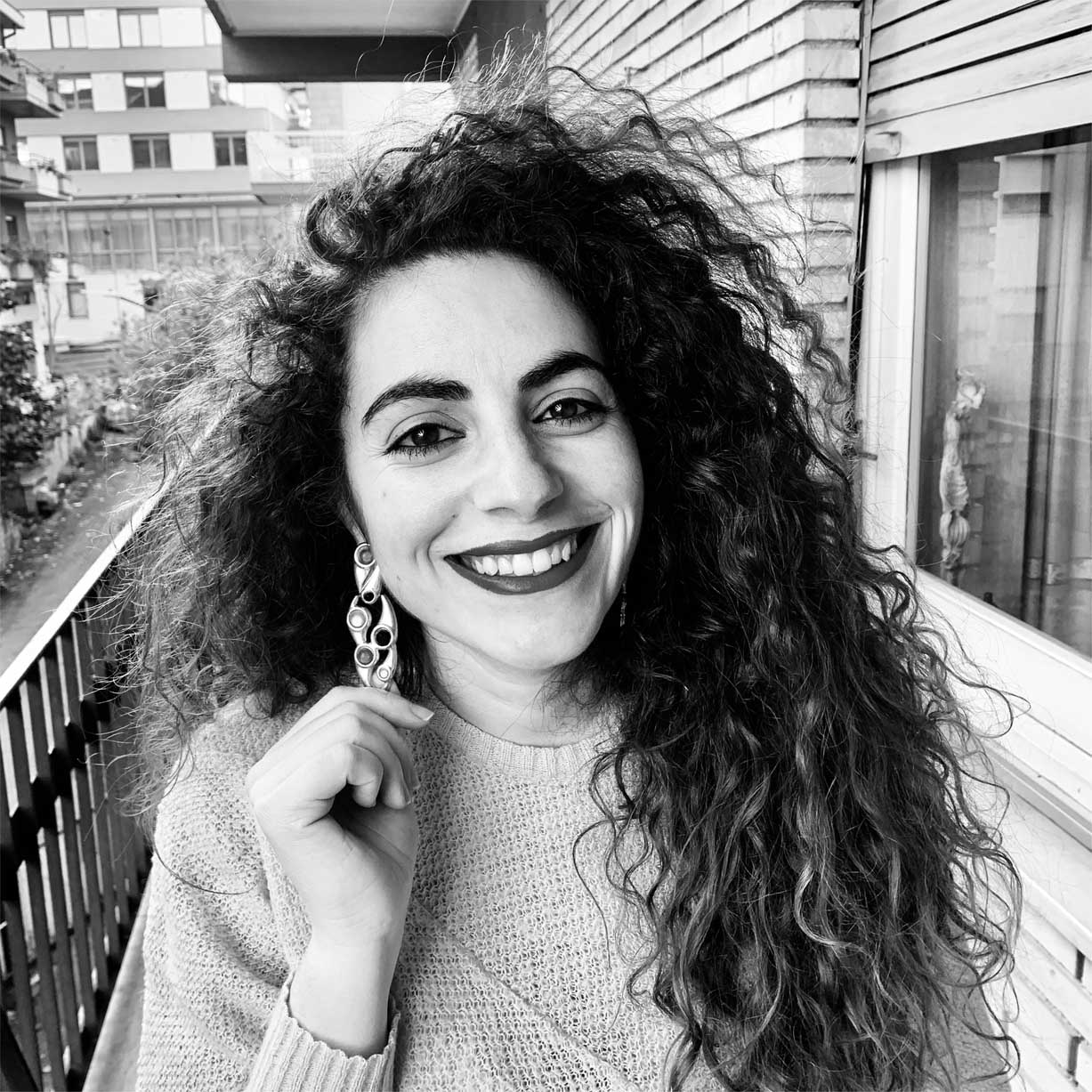A “Tinder for designers”? Tell us more! – Interview with the District

Co-founders of the District, Hassan Nasser and Maria Francesca Di Alessandro, are empowering the design community by building connections and opportunities in the industry.
“We are aware of job title ambiguity, of job roles misunderstanding, and of the power of a good reference”: the District was born with the aim of defeating the challenges young creatives are going through nowadays to find meaningful career paths. Hassan Nasser and Maria Francesca Di Alessandro, co-founders of the District, are giving designers the right tools to exploit their professional and personal potential.
Also known as the “Tinder for designers”, the District is connecting young creatives, studios and companies to one another. It aims at exposing talents, and building opportunities in the industry through an online job board, design events and a Telegram channel. Hassan and Maria walk us through the journey behind the District; from understanding the need for such a platform, to its development and aspirations.
Who are Hassan Nasser & Maria Francesca Di Alessandro, and how did the journey for District begin?
Hassan Nasser & Maria Francesca Di Alessandro: “Hassan and Maria Francesca first met 6 years ago in a bar in Milan, when both were just back from an International experience that lasted 1 year in China for Maria Francesca and 4 years in Beirut for Hassan. Back then, they both were finishing their Masters in Architecture and Brand Communication respectively and started to work together on a project that was merging art, space, music and installations.
They were among the first founders of Timmerman Collective, with the mission of promoting young creatives through informal parties that started firstly in a house and then within two years became a gathering for more than 400 people in unconventional and industrial locations within Milan. The project also took an online shape, and through the social media channels and the website many young Italian illustrators got featured.
District began thanks to the insights that this experience brought us, by understanding how hard it is for young creatives to find meaningful career paths. Then we started to think about the actual problems on the other side of the coin: apparently also companies find it hard to get the right people on time.
Today we are a team of 6 people, fully remote, scattered through all of Italy, between Milan, Teramo, Catania and Treviso.”

The ‘Tinder for designers’, District is an online platform that facilitates collaboration in the creative sector. Can you tell us more about the different services it offers?
Hassan Nasser & Maria Francesca Di Alessandro: “Yes, it is! We started as a simple curated newsletter distributing opportunities, a selected project from the network and the events from the design scene. Then we built a job board. It is free to use for designers, who can navigate it and find job ads and open calls from the sector. People can apply and be redirected to the main site where the job or the open call is published. We do a distribution service for the community. We still send a newsletter and since January we also have a Telegram channel, where we publish new jobs on a weekly basis.
We’ve also been organizing events, inviting studios, companies and designers to share their stories, processes and insights. We do not see this as a service, but still is something that is totally free to participate and a good way to cultivate new contacts.
We help companies, agencies and studios find the right designers for their teams. Whether for contract or permanent position we support those firms with our network of pre-vetted designers. More importantly we are building the tools to make it faster for anyone to recruit, onboard and start working immediately with this talent pool, based on experience, economics, availability and interests.
We do have a network of selected freelance designers that we collaborate with on projects coming from companies that either are looking to scale their design teams, or they are looking for specialized skills. So, we offer both companies and candidates a space, if we want to take the Tinder analogy to the next level, where to meet and fall in love with each other.”
How is social media helping designers to make a name for themselves? Don’t miss the Interview with Alberto Pallaoro, founder of Pallaoro Design.

What is the ultimate goal of District? What difference do you hope to achieve in the design community?
Hassan Nasser & Maria Francesca Di Alessandro: “Our mission is to give everyone the right tools to grow as a creative professional and as a human being.
Continuous learning for those who strive for continuous improvement. We want to create a network that feeds itself, grows, that sparks inspiration and innovation and contaminates itself. Being a designer is about this and with our platform we would like to open up more opportunities for everyone. From designers in search of a new job, to those who have it and want to help others, to companies looking for the right talent to build meaningful products. We would like to give anyone the possibility to feel part of a network.
We have the ambition to create an ecosystem of products that will serve designers in their professional careers, making creative agencies and companies more conscious and aware of hidden available talent. So ultimately making the job market smarter, inclusive and human.”

District is developing a simple and comprehensive way to promote oneself and one’s work. Could you tell us more about this?
Hassan Nasser & Maria Francesca Di Alessandro: “We are working on tools that will allow designers to be discovered more easily and be matched with opportunities that align with their interests, availability, rates and skills. We’ve been testing till now the possibilities of engagement between companies and designers, and we learnt through hundreds of calls the importance of a well-built portfolio showing more than actual outputs, but the process behind a project.
At the moment our testing phase is still ongoing (so much to learn and the insights need to be translated into actual products!). We will be continuously adding new features as long as feedback will come through. We are also aware that things do change quite often, and that for example, 10 years ago, nobody would put a portfolio on Instagram. Now the majority of illustrators for example do use the platform.
Today we are at a point where we’ve mapped the skills, roles, and variables that we acknowledge to be used the most in everyday day design language. We are aware of job title ambiguity, of job roles misunderstanding, and of the power of a good reference. Having those problems to solve allows us to be vertically focused on the issues of the sector, and this is bringing value both to the designers and to companies.”

What kind of reaction and engagement do you receive from designers?
Hassan Nasser & Maria Francesca Di Alessandro: “We are overwhelmed by the type of engagement we are receiving, it’s warming, refreshing and insightful. We do have some sort of contact with the community everyday, being our social media channels, polls, and private messages, or direct contact on LinkedIn, or in informal one-to-one phone calls, or during our online events.
But also, we are in a market where many companies in the past have failed to engage with their candidates, and therefore there is also a lot of frustration or diffidence on a platform that operates in this sector. We’ve been on the other side of the hustle, so we understand. For us, in fact, it’s a big deal, we see it as an opportunity to learn more, and to create value and new connections.
We have also had shitstorming for some content we posted related to some positions, mainly on salaries. Also, this makes us understand better our community, we always try to open our door for constructive discussion. It’s sure that the industry has been beaten by a lack of transparency and fairness. We have to do something about it!”
What role does District play in evaluating the different candidates? Do they need to go through a selection process?
Hassan Nasser & Maria Francesca Di Alessandro: “Designers go through a selection process. Starting from a portfolio assessment, it develops into an interview, which is quite informal by the way but serves us to know the person, beyond an application. Of course, we talk about projects and assess skills, but most importantly it is a moment to get to know each other, and, as we see it, it’s a great moment for networking.
In the startup world they say “do things that do not scale”, this is for sure one, we are not sure whether in future this will change, but for now, we are embracing it and liking it. We are not recruiters, but more curators.”

What can we expect next from District?
Hassan Nasser & Maria Francesca Di Alessandro: “We are working on a new platform that will start to look more like a product, a place where creatives and designers would upload their professional information including portfolio and CVs, and be matched with opportunities that align with their interests, availability, desired rates/salaries, and skills. We’ll have a first beta version to test and get feedback.
Our underlying belief is to always be human in what we do, we translated this with the creation of a bot that will guide our users to what they are looking for, either designers or job offers.
During 2020 we’ve organized a series of events inviting local and international creative studios such as Illo, Adoratorio, Monogrid, Plastique fantastique, Spin. We will continue with our mission to cut the distance within the community by inviting more Head of Design, Founders, and studios in order to inspire. Portfolio reviews, speed dates, and we hope, as soon as we will have the chance to meet in person, a big big party.”
Curious to know about other initiatives empowering the design community? Don’t miss the Interview with Rebecca Brooker (she/her), co-founder of the Queer Design Club.





